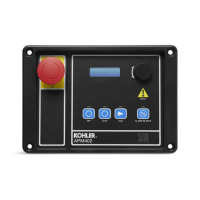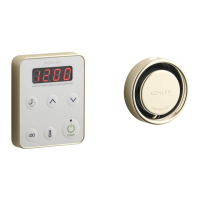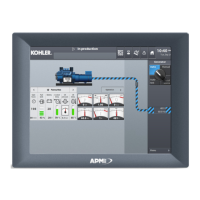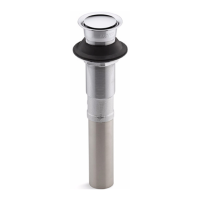8 — MAINTENANCE
Curtis AC F2-A, F4-A, F6-A Motor Controllers – FOS 4.5 – April 2022 Return to TOC
pg. 244
8 — MAINTENANCE
ere are no user serviceable parts in Curtis controllers. Do not open, repair, or otherwise modify
the controller. Doing so may damage the controller and will void the warranty.
Keep the controller and connections clean and dry. Periodically check and clear the controller’s
fault history.
CLEANING
Periodically cleaning the controller exterior will help protect it against corrosion and possible
electrical control problems created by dirt, grime, and chemicals that are part of the operating
environment of material handling, o-road, and construction equipment.
When working around any battery-powered system, ensure proper safety precautions. These
include, but are not limited to, proper training, wearing eye protection, and avoiding loose clothing
and jewelry.
Facility safety equipment, including an eyewash station, should be close to the work area.
Use the following cleaning procedure for routine maintenance. Never use a high-pressure washer
to clean the controller.
1. Remove power by disconnecting the battery. Disconnect B+ rst (at the battery, not the controller).
2. Discharge the capacitors in the controller by connecting a load (such as a contactor coil)
across the controller’s B+ and B− terminals.
3. Remove any dirt or corrosion from the power and signal connector areas. Wipe the controller
clean using a dry-to-damp rag. Only connect/re-connect the battery cables to a dry controller.
Connect B+ last.
4. Make sure the connections are tight. Refer to Chapter 2 for the maximum tightening torque
specications for the battery and motor connections.
FAULT HISTORY
Use the Curtis Integrated Toolkit
TM
Programmer (application tool) to access the controller’s fault
history le. e Programmer can clear the fault history. e 1313 HHP can also access and clear the
fault history.
• Faults such as contactor faults may be the result of loose wires or cables.
• Faults such as over-temperature and stalls may be due to operator habits or overloading.
Aer diagnosing and correcting a problem, it is a good idea to clear the fault history le. is allows
the controller to accumulate a new le of faults. Checking the fault history le later will indicate
whether the problem was xed.
CAUTION
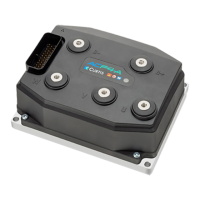
